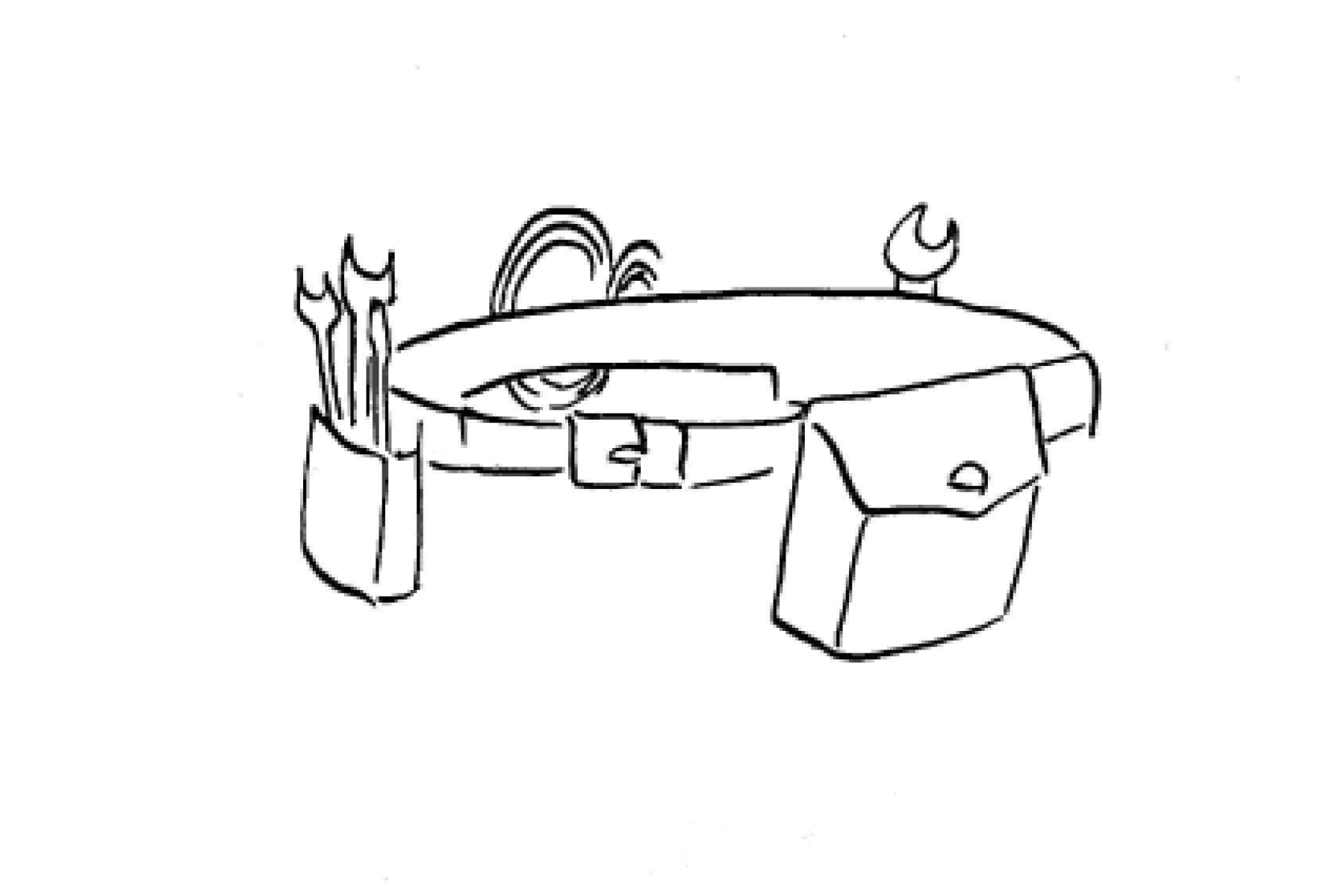
The Context
Once you've named your problem, you're halfway there. Now that there's a label attached to the unwelcome situation that needs to be dealt with, you've loosened its hold on you. You've created just enough space to overcome it. Think of it as an open door to a locked room. Naming the problem drives a wedge in the crack so you can get your fingers into it and inch your way out. But remember, you're only halfway home. The second half is finding and executing the right solution.
The Tool
The Toolkit
THE TOOLKIT -- A robust arsenal of solutions custom fit for your unique personality, value system and life situation
When an unwelcome situation comes crashing or creeping in, you whip out the toolkit on moment's notice, calmly consult the menu, and start transitioning from the experience of the anxiety to the experience of the relaxation. Easier said than done, though. Building the toolkit takes years of practicing, failing and honing. It's not something you learn overnight by reading a book or attending a ten day silent meditation retreat.

Scott's Take
Prolific's entire personal creativity management system is an example of a toolkit. In our case, there are four classifications of tools. Mindsets, approaches, behaviors and assets. Mindsets are fixed dispositions that determine your responses to situations. Those might be intentions, narratives, assumptions and so on. The next classification in the toolkit of solutions is approaches. These are particular procedures for addressing or accomplishing something. They might be checklists, strategies, equations and so on. In my experience, one of my top approach tools is called the railroad switch. Category three of the solutions taxonomy is behaviors, which are specific ways in which you act or conduct yourself. Could be habits, rituals, exercises and so on. And finally, we have assets. These are specific things that can be intentionally used to produce value. For example, resources, objects, materials and so on.
The Rest
My recommendation is, treat the toolkit like a computer program. If this, then that. Create a chain of simple conditional statements for the various problems in your life, like recipes, which are triggered based on the type of unwelcome situation you experience. If you can become a master of this process, you'll become an optimizing instrument in this symphony called life. And the music will be beautiful. How have you evolved in your ability to diagnose and solve your own problems?
The Benefits
Reduce the intensity and frequency of anxiety
Overcome unwelcome situations quickly and calmly
Empower yourself to take control of your problems
Increase resilience during difficult experiences and bounce back faster